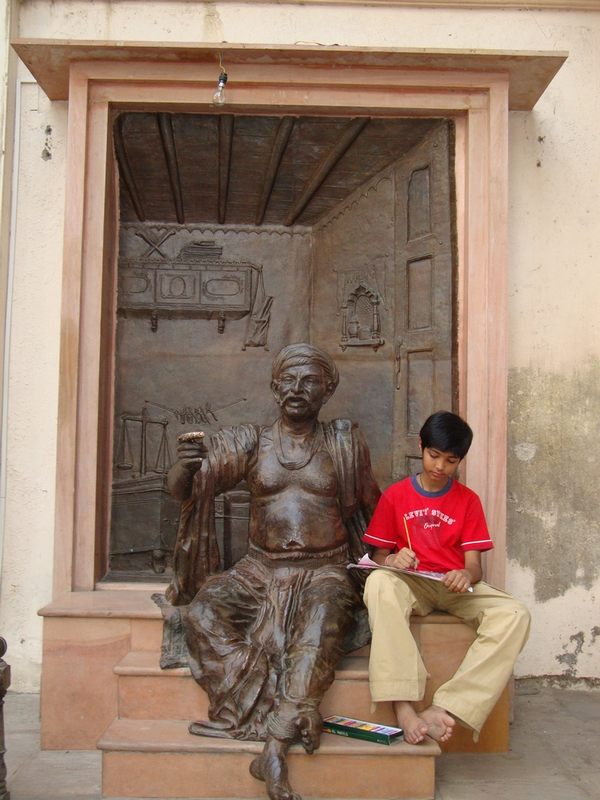


In 1849, for the first time, Dalpatram published one of his works in Gujarati. Till then, the poet used to write in Brajbhasha. It was due to his association with Dalpatram that Forbes became exceptionally fluent in the language and the history of the region.Ī deep friendship developed between the two and it was Forbes who pushed Dalpatram to start composing in Gujarati. They read Gujarati poetry together for two hours a day. He took Dalpatram’s help, and the latter not only collected manuscripts and material for the proposed work but also taught Gujarati and Braj to Forbes, who when posted in Ahmednagar and Khandesh had also learned Marathi. It was the first time Dalpatram had met an Englishman and this became a turning point in the history of the Gujarati language.Īlexander Kinloch Forbes | Wikimedia Commonsįorbes loved the Gujarati language and literature and was in the process of producing a historical-literary-cultural work on Gujarat called Rasmala. In 1848, Bholanath introduced Dalpatram to Ahmedabad’s Assistant Judge, Alexander Kinloch Forbes. In 1845, on one of his trips to Ahmedabad, Dalpatram met Sarabhai Munshi, a Nagar Brahmin, who was so impressed by Dalpatram’s skills that he employed him as a tutor to his son, Bholanath, who went on to found the Prarthana Samaj in Ahmedabad. Gradually becoming a known name in these circles, he was also invited by the poetry-loving seths and wealthy merchants of Ahmedabad to perform at gatherings held in their homes. This earned him the patronage of the native rulers of Gujarat and he became a part of the darbar culture.ĭalpatram thus travelled extensively across Kathiawad and Kutch, and attended poetic gatherings that took place in temple precincts or royal courts. Due to his prodigious talent, he was appointed to perform at satsangs (religious gatherings) from 1844.īut a young Dalpatram did not want to limit himself to religious discourse and he started to use his literary flair to serve feudal chiefs in Saurashtra, eulogizing members of the royal family in his verses.

It was here that Dalpatram received his early training in poetry and mastered the structure of rhyme. Apart from their role as places of worship, these temples nurtured musicians, folklore experts and scholars for the sect’s expansion. The liberal and progressive views of the Swaminarayan sect, including campaigns against sati and female infanticide, had a profound impact on Dalpatram, who started visiting Swaminarayan temples regularly. It is against this backdrop that the life of our poet is set. But Western education brought to India by the British created a climate for change. India in the middle to late 19th century was ridden with the caste system and steeped in superstition. What endeared Dalpatram to the people of Gujarat, even more, was the role he played as the ambassador of the Gujarati language. He grew up like regular kids do but went on to become one of the most towering figures of Gujarati literature.ĭalpatram was a pioneer of modern Gujarati poetry and he used his work to campaign against social evils that were widely prevalent in 19th century India. This 120 kg of bronze likeness of Kavi Dalpatram is seated on a platform where the poet’s home once stood, in a quiet, traditional neighbourhood in Ahmedabad. The life-like statue of the poet-reformer has him seated with one leg crossed, his empty left shoe obediently resting next to the other one, and his hands clasped on a book. The memorial to Kavi Dalpatram, at Lambeshwar ni Pol in Ahmedabad, has clearly been made with much love. Statues of great men usually stand on lofty pedestals, lording over public squares or busy streets.


 0 kommentar(er)
0 kommentar(er)
